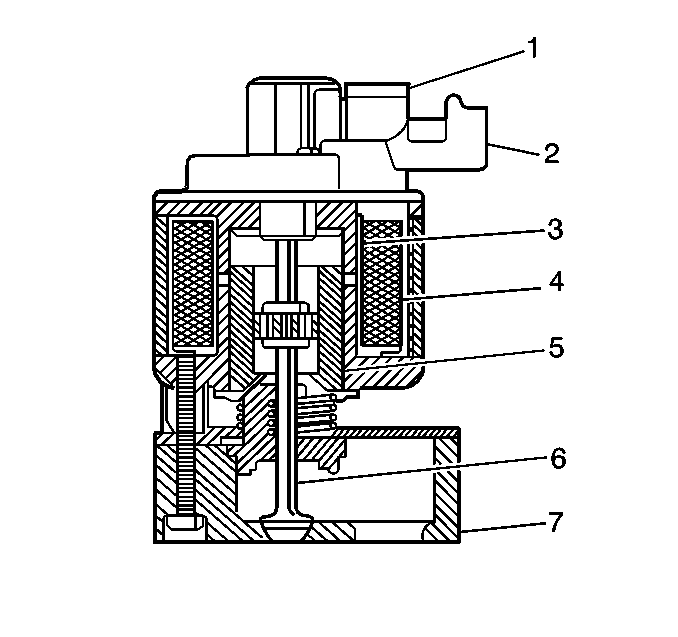The exhaust gas recirculation (EGR) system is used to lower the emission
levels of oxides of nitrogen (NOx) that form during the combustion process.
NOx levels are based on the amount of oxygen in the combustion chamber,
and the length of time that combustion temperatures exceed 816°C (1,500°F).
The EGR system lowers the combustion temperatures, thus lowering the level
of NOx.

